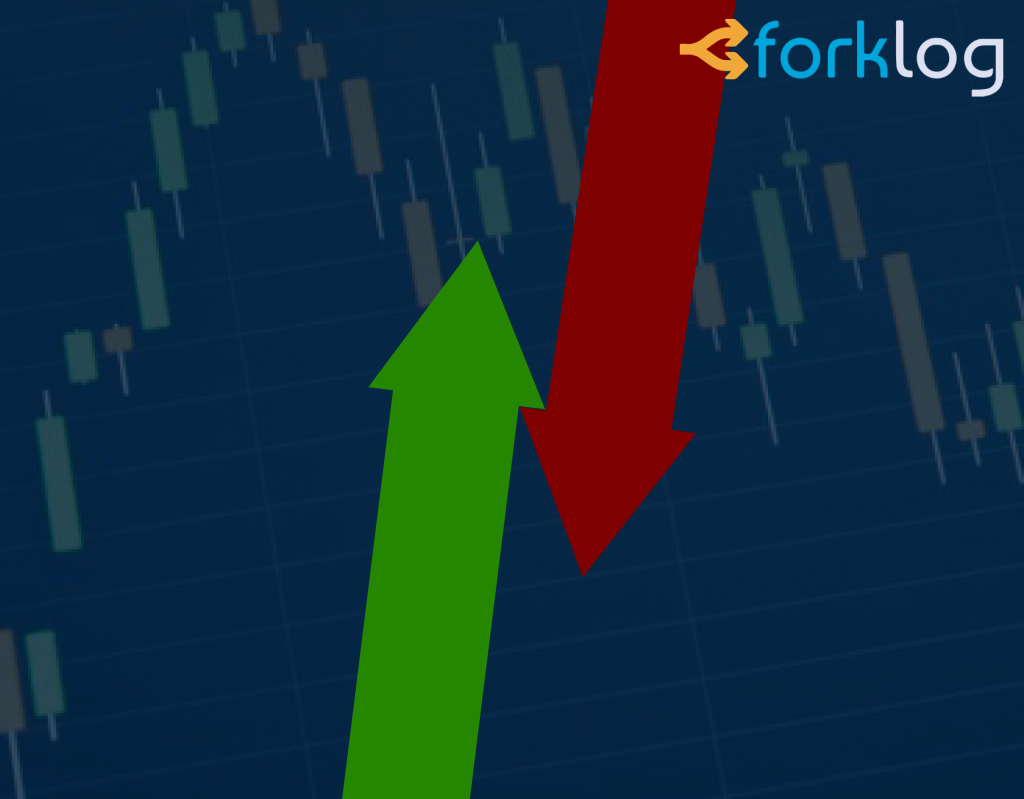What are shorts and longs in cryptocurrency?

Shorts and longs are short and long positions (sell and buy) in trading.
Most cryptocurrency assets are characterized by high volatility. The use of shorts and longs allows traders to profit during price fluctuations.
Origins of shorts and longs
In medieval Europe for the accounting of debts sticks or counting sticks made of hazel were used. On one of the sides of the tag transversal notches marked the amount to be circulated, and then split the tag lengthwise through the notches, but not completely, but with a cut in the area of the “handle”. The result was a long part with the handle (stock) and a short part (foil), supplementing this long part to a full stick. The notches were on both parts. The coincidence of these parts was controlled. It was believed that because of the texture of the foil, counterfeiting was impossible. The two parts were kept by the two parties involved in the transaction. The terms “stock market” as well as “long” and “short” presumably arose from this practice.
The expressions “short” and “long” positions became common in American stock and commodity exchanges in the 1850s. Perhaps the earliest mention of short and long positions is in The Merchant’s Magazine, and Commercial Review, Vol. XXVI, for January-June 1852.
Despite the names, the period for a short position can be quite long (a week, a month), and the period for a long position can be quite short. From the world of traditional finance, the terms short and long have migrated to the bitcoin industry.
Exchange players are called bulls or bears depending on what strategy they follow. The upside players are called “bulls” and the downside players are called “bears.
What is long?
Long (long position) – buying an asset with the expectation that it will increase in value. The amount of profit depends on the increase in the value of the asset.
What is a short?
In simple terms, a short is the sale of a financial instrument in the expectation that it will go down in price.
However, the mechanics of a short position are somewhat more complicated than a long position. In this scheme, the trader borrows an asset and sells it on the open market at the current price. Then he waits for the rate to fall, buys the amount of the asset he borrowed at a lower rate and pays back the loan with interest. The trader keeps the profit resulting from the price changes. Otherwise, if the price of the asset goes up, the investor will receive a loss.
Example. In December 2017, the trader bought bitcoins at $19,000 per coin. He sold those coins at $19,000 in the same period and then paid the lender approximately $6,000 for each BTC when the price dropped significantly in February 2018. He made a profit of $13,000 from each coin.
What is margin trading?
Margin trading can be used to open both longs and shorts. In margin trading, the user must provide collateral – a deposit of an amount (margin) that guarantees the payment of debt according to the rules established by the exchange.The difference between margin trading and regular (spot) trading is that when buying cryptocurrency without leverage, the trader gets to own it. When buying with leverage, he cannot withdraw either the cryptocurrency or the margin.
The concept of margin is closely related to the concept of leverage, a multiplier that increases the user’s available deposit for a transaction at the expense of borrowed funds. In the cryptocurrency market, this multiplier can range from 2:1 to 100:1 or more.
If the market value of the cryptocurrency moves in the direction expected by the trader, the income increases in proportion to the leverage selected. When such a position is closed, the body of the pledge is returned to the lender along with the fees, and the balance of the profit earned is credited to the user’s account.
If the price moves in the opposite direction, then, as soon as the value of assets (both own and borrowed) of the trader reaches the size of the loan with interest (the amount that the trader must return to the creditor), the exchange automatically liquidates all positions of the player and returns his funds to the creditor. The amount returned to the creditor fully includes margin.
In classic leveraged trading on the stock market, liquidation of a position is preceded by a so-called margin call, a requirement for additional collateral. Often, a margin call is the immediate moment of liquidation; in crypto-trader slang, it’s called “catching the walrus.”
The trader can close an unsuccessful transaction on their own, without waiting for liquidation. He does not lose the entire position, but only part of the margin. The position can be independently liquidated manually and by means of “stop loss” – an order for limiting trading risks, which implies automatic closing of the transaction when a certain price level is reached.
What is hedging?
The cryptocurrency market uses a mechanism known as hedging – insurance against a situation where the overall trend remains positive, but a temporary decline in the price of an asset is possible.
At the heart of hedging is the opening of short positions, which counterbalance long positions and allow one to stay “at zero” in the event of an unwanted change in the market situation. The investor leaves the original long position intact and opens a short, or takes advantage of additional opportunities.
Hedging is a solution for supporters of long-term investing. This mechanism somewhat contradicts the traditional trading, where market speculation prevails. Consequently, it will not be effective to use it in intraday trading, for example.
The popular way of position hedging presupposes the use of futures contracts: open-ended and fixed-term.
Perpetual contracts work on the following principle: every eight hours the so-called financing rate is set. The latter is paid by the parties to the transactions to each other instead of transferring the contracts themselves or their full values. Depending on the market situation, either holders of long contracts pay the rate to holders of shorts, or vice versa.
Futures contracts are automatically executed if the investor does not close them before the expiration date.
It is possible to hedge not only with futures, but also with options – derivatives for more advanced market participants.
What is averaging?
In this strategy, an investor buys an asset at an increasingly lower price, thereby lowering the average purchase price.
Example: Bitcoin reached $2900, then began to decline. Seeing the correction phase the trader started buying the coins at the consecutive decline levels: $2800, $2600, $2400, $2200, $2000. The average purchase price was $2400. After the correction phase the rate began to grow and later returned to the level of $2900.
Pros and cons of longs and shorts
Opening long positions is a more understandable strategy for newcomers, which boils down to a simple “buy low, sell high” principle.
Shorting can be an effective investment strategy, but is much riskier than long term investments or averaging. Only experienced traders capable of complex analysis of market dynamics should open short positions for large sums.
